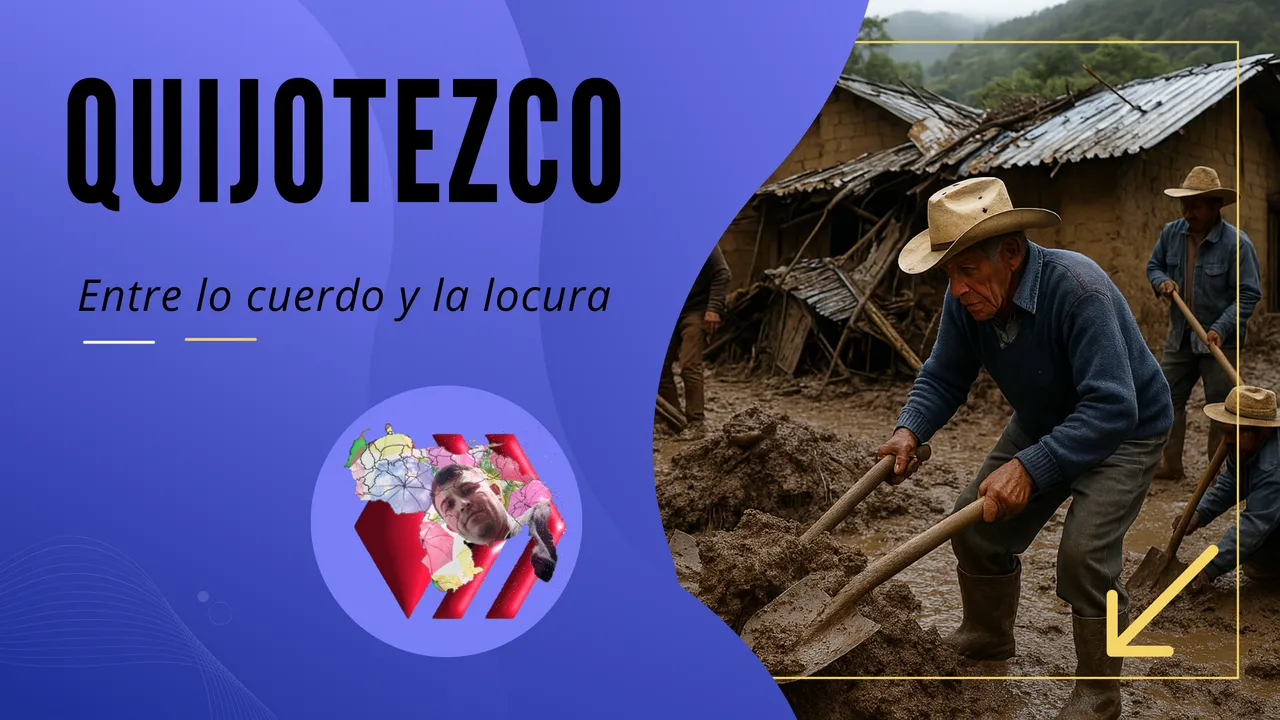

Bienvenidos

Welcome
Nuevamente por acá amigos… y en esta ocasión después de días y días sin escribir, vuelvo con un cumulo e experiencias y satisfacción que formaran parte de mi existencia, tal y como fueron otros casos que he vivido. Además tuve que poner en pausa mis estudios y escritos para un nuevo ensayo que estoy elaborando sobre gestión hídrica vista desde la perspectiva del pensamiento crítico.
Ah! Antes de estas semanas que pasaron de inquebrantable trabajo, donde solamente dormía de 3 a 4 horas, recibí la extraordinaria noticia de que una revista indexada y arbitrada me publicará un ensayo de investigación que venía elaborando desde principios de año, lo cual me alegro muchísimo.
El motivo de mi desprendimiento de esta familia, fue precisamente el evento súper extraordinario que aconteció en el estado Mérida, una vaguada sin precedentes que requirió de la activación inmediata de todas las instituciones gubernamentales, privadas y organizaciones sociales que tiene que ver con desastres naturales.
Pues bien, sobre los eventos climáticos que afectaron la vida cotidiana de los seres humanos que habitan el páramo merideño, hoy día puedo afirmar con vehemencia que fue como una película de terror vivida en carne propia, aunque técnicamente hablando corresponde a eventos que suceden cíclicamente en periodos de tiempo largos y definidos, sin embargo los efectos del cambio climático producto del avance desarrollista de la sociedad, donde las actividades antrópicas han afectado directa y profundamente el ambiente han sido los responsables de lo acontecido estas semanas atrás en Mérida.
Este evento climático, también fue experimentado en 1993 con severas consecuencias para el páramo merideño, sin embargo, con total conocimiento afirmo que la magnitud de este evento sobrepaso los anteriores, ya que las afectaciones fueron mayúsculas a lo largo de toda la vialidad de la trasandina y de las vías transandinas que comunican a Mérida con los Estados Barinas y Trujillo, que parten desde la localidad de Apartaderos.
Podría esgrimir los análisis técnicos y las interpretaciones de las razones por las cuales la saturación de lo suelos, el crecimiento demográfico, las construcciones sobre las cercanías de los ríos y sobre abanicos aluviales, la forma en la cual nuestros campesinos cultivan hoy día, de las responsabilidades por parte del estado en dar mantenimiento a más 200 Km de cauces de ríos, etc, etc, etc…
Wow! Cuanto podría decir sobre las implicaciones del cambio climático en estos eventos catastróficos, que gracias al universo, a los dioses y diosas, ocurrió durante el día, lo cual permitió que los habitantes buscaran inmediatamente refugio y protección, conscientes en ese instante de estar dejando absolutamente todo por lo cual habían vivido y construido, de lo contrario la gran cantidad de decesos y desparecidos hubiese sido inmenso.
Como profesional les comento que las instituciones del estado actuaron de manera inmediata, lo cual permitió la atención a todo lo que estaba sucediendo en tiempo real, las carreteras desaparecieron y con ella cientos de viviendas, que fueron arrastradas por las aguas de los ríos embravecidos, ríos que bramaban y transportaban rocas del tamaño de edificios pequeños, ríos que tenía un lenguaje propio en reclamación de lo que le pertenecía aguas abajo.
Los ríos tienen su naciente en los páramos merideños, sobre cotas o alturas que superan los 4000 metros sobre el nivel del mar, y que se dividen en los ríos Chama hacia Mérida, Motatán hacia Trujillo y Santo Domingo hacia Barinas. Por lo que la magnitud fue descomunal.
Lo cierto es que en atención a lo sucedido, lo primero que se abordo fue salvaguardar la vida de los habitantes, que en el caso de algunas zonas el acceso fue solo por vía aérea, ya que estaban totalmente incomunicados. En segundo acto fue con la inmediata activación de las empresas privadas contactadas por el estado, ir restableciendo la transitabilidad a lo largo de la trasandina, logrando en tiempo récord (2 días) acceso solo por trochas con motos que llevaban agua, alimentos, medicinas y ropa.
Al llegar a las zonas devastadas, la actitud de los habitantes era de total positivismo, de sobrevivencia, como me diría un amigo médico que nos acompañó, en estado de shock, donde no contemplaban aún las pérdidas materiales, lo cual debía ser atendido por profesionales, ya que la depresión estaba en puertas para quienes perdieron todo.
Lo más importante de toda esta experiencia, fue el ver como los pobladores en medio del desastre se organizaron y empezaron a ayudar, diría que la resiliencia colectiva para superar los embates de la naturaleza no se hizo esperar.
Esa resiliencia conllevo a que los productores junto al estado sacaran la producción de alimentos de los sectores afectados. La garantía de que estos eventos no sucedan depende de las acciones humanas en la protección al medio ambiente como mitigación a los efectos del cambio climático.
Aun falta mucho por hacer, pero seguro estoy que nada detendrá a los pueblos resilientes en medio del desastre en los andes merideños.
Here I am again, friends... and this time, after days and days without writing, I return with a wealth of experiences and satisfaction that will form part of my existence, just like other experiences I have had. I also had to put my studies and writing on hold for a new essay I am working on about water management from the perspective of critical thinking.
Ah! Before these weeks of unrelenting work, where I only slept 3 to 4 hours, I received the extraordinary news that an indexed and refereed journal will publish a research essay that I had been working on since the beginning of the year, which makes me very happy.
The reason for my detachment from this family was precisely the extraordinary event that took place in the state of Mérida, an unprecedented trough that required the immediate activation of all government institutions, private entities, and social organizations involved in natural disasters.
Well, regarding the climatic events that affected the daily lives of the people living in the Mérida moorlands, today I can vehemently affirm that it was like a horror movie experienced firsthand, although technically speaking it corresponds to events that occur cyclically over long and defined periods of time. However, the effects of climate change resulting from the developmental progress of society, where anthropogenic activities have directly and profoundly affected the environment, have been responsible for what happened in Mérida in recent weeks.
This climatic event was also experienced in 1993 with severe consequences for the Mérida moorland. However, I can say with complete certainty that the magnitude of this event surpassed previous ones, as the damage was extensive along the entire length of the Trans-Andean Highway and the trans-Andean roads that connect Mérida with the states of Barinas and Trujillo, which start from the town of Apartaderos.
I could cite technical analyses and interpretations of the reasons why soil saturation, population growth, construction near rivers and on alluvial fans, the way our farmers cultivate today, the state's responsibility for maintaining more than 200 km of riverbeds, etc., etc., etc.
Wow! How much could I say about the implications of climate change in these catastrophic events, which, thanks to the universe, the gods, and goddesses, occurred during the day, allowing the inhabitants to immediately seek refuge and protection, aware at that moment that they were leaving behind absolutely everything they had lived for and built, otherwise the number of deaths and missing persons would have been immense.
As a professional, I can tell you that state institutions acted immediately, which allowed them to respond to everything that was happening in real time. Roads disappeared, and with them hundreds of homes, which were swept away by the waters of raging rivers, rivers that roared and carried rocks the size of small buildings, rivers that had their own language in claiming what belonged to them downstream.
The rivers originate in the Merida highlands, at elevations exceeding 4,000 meters above sea level, and divide into the Chama River toward Merida, the Motatan River toward Trujillo, and the Santo Domingo River toward Barinas. Therefore, the magnitude was enormous.
The truth is that in response to what happened, the first thing that was addressed was safeguarding the lives of the inhabitants, who in some areas could only be reached by air, as they were completely cut off. The second step was the immediate activation of private companies contacted by the state to restore traffic along the Trans-Andean Highway, achieving in record time (two days) access only by trails with motorcycles carrying water, food, medicine, and clothing.
Upon arriving in the devastated areas, the attitude of the inhabitants was one of total positivity and survival, as a doctor friend who accompanied us would tell me, in a state of shock, where they had not yet contemplated the material losses, which had to be addressed by professionals, as depression was looming for those who had lost everything.
The most important thing about this whole experience was seeing how the residents, in the midst of the disaster, organized themselves and began to help. I would say that collective resilience to overcome the ravages of nature was immediate.
This resilience led producers and the state to move food production out of the affected areas. Ensuring that these events do not happen again depends on human actions to protect the environment and mitigate the effects of climate change.
There is still much to be done, but I am certain that nothing will stop the resilient people of the Merida Andes in the midst of disaster.
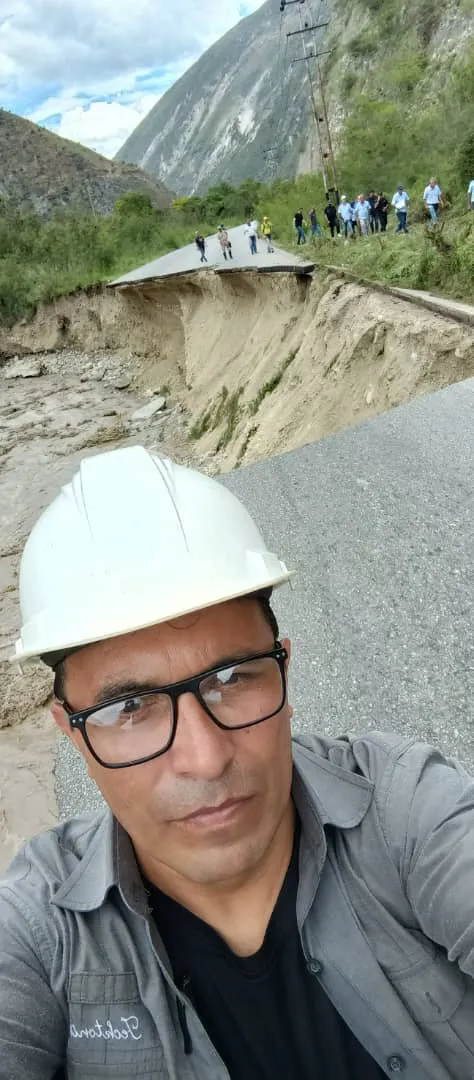
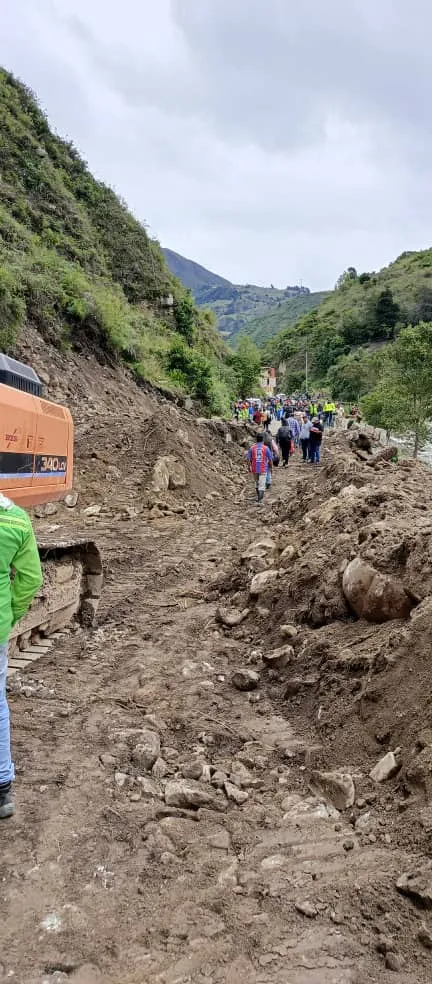
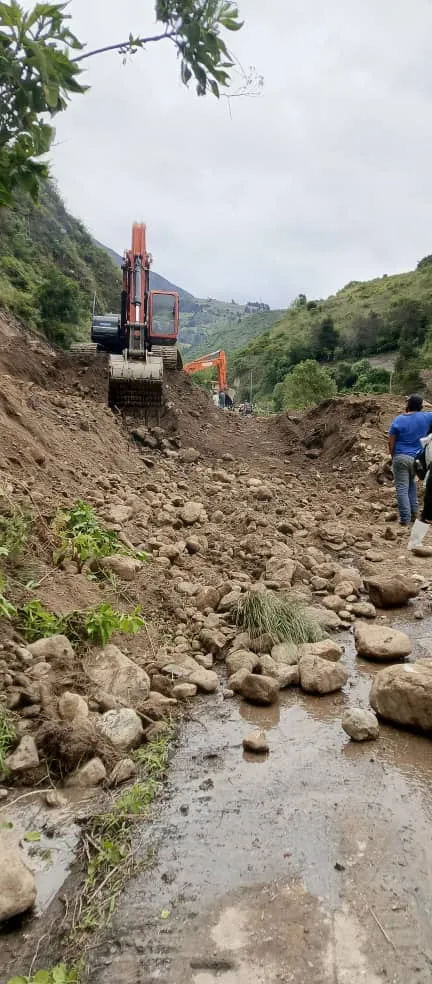
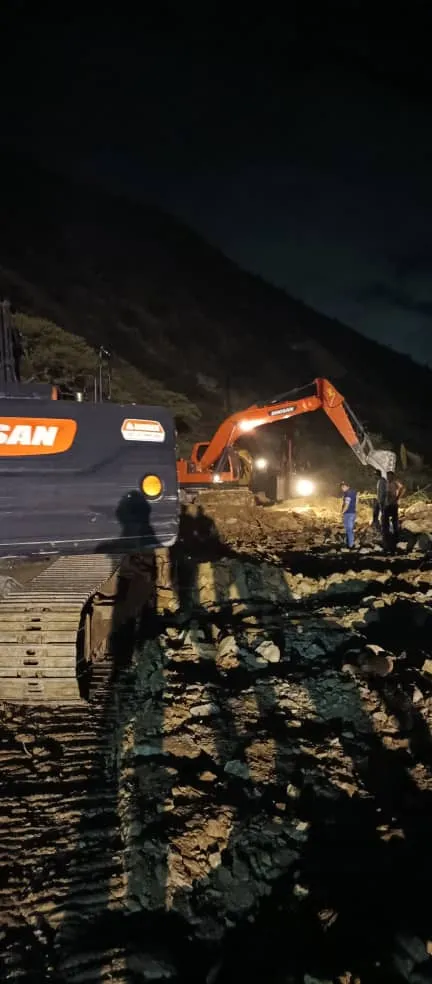
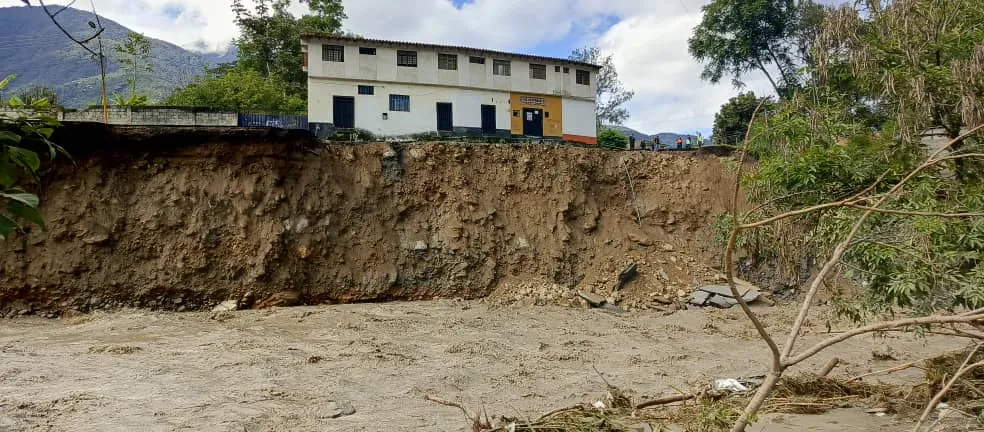
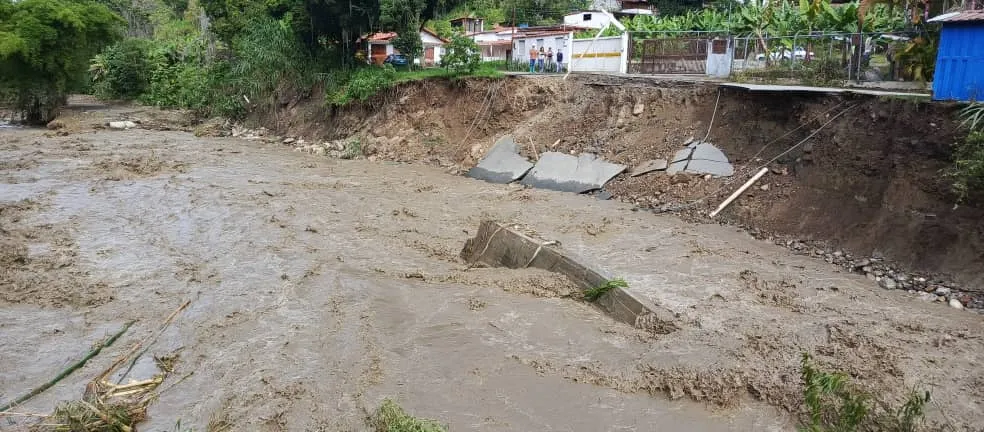
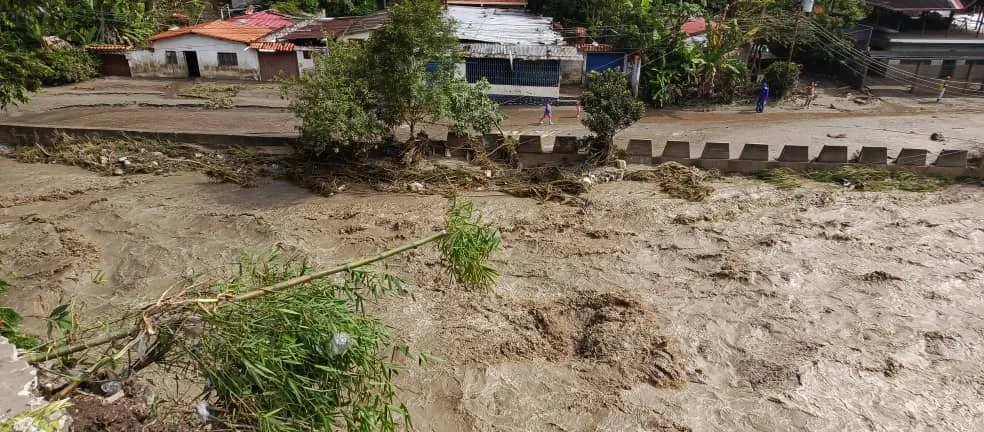

Gracias por leer y votar este post...
Un abrazo!
Hasta otra oportunidad!
Thank you for reading and voting this post...
A hug!
See you again!
La imagen principal del post fue creada por Diseñador Designer Con tecnología de DALL·E 3 y Canva
The main image of the post was created by Designer Designer With DALL-E 3 technology and Canva
Los separadores fueron hechos con Canva.
The dividers were made with Canva.
Para este post me apoye en Translated with www.DeepL.com/Translator (free version)
For this post I relied on Translated with www.DeepL.com/Translator (free version)
Nota: todas las imágenes son de mi propiedad, tomadas con mi movil Mi 11 Lite
Note: all images are my property, taken with my Mi 11 Lite mobile phone.
